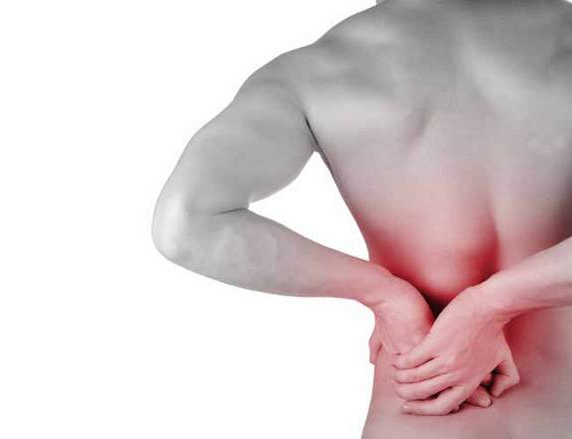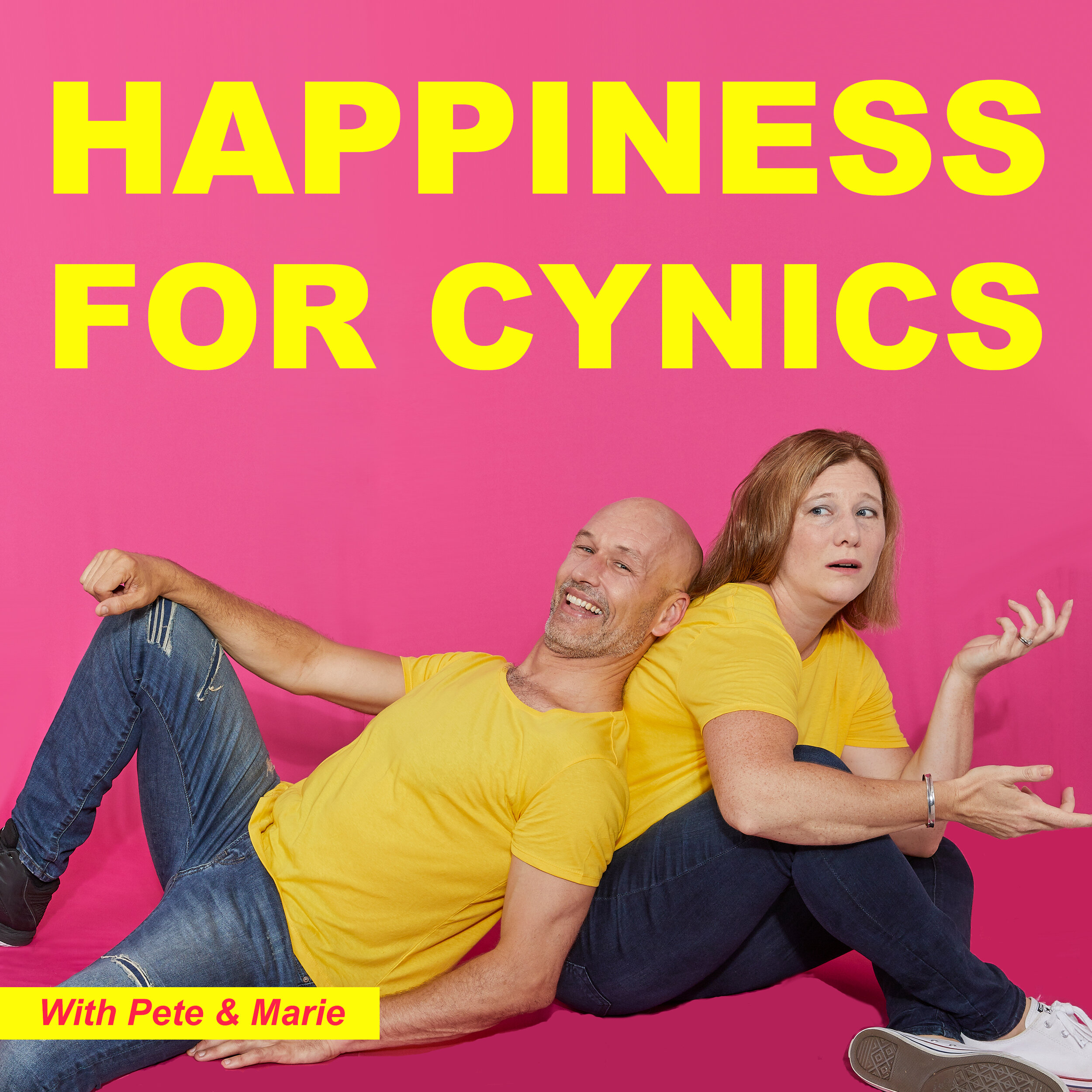when we injure those trained muscles through repetition or overuse, our body is quick to adapt to any changes. As a result of a weakness or injury we may create a small internal rotation in a major joint such as the shoulder, which then creates a small adaption further down the chain of the arm - say medially rotating the elbow. This change then creates a load or strain on other muscles (in this example the pronators of the forearm) which become more active in performing the motion.
Touch is communication, it is pleasure, it is compassion and it is also diagnostic. Without it we are denying the ability to understand the bigger, wider implications of a presenting issue or injury. Someone with a strong emotional link to an injury or more-so trauma, will require more than a heat pack to feel that they are being ‘treated’ in the best care and way.
Sleep deprivation is a conundrum of debate. How much sleep can you ‘lose’ before you actually begin to eat away at your well being? Can we regain lost sleep? Do we have to regain it before midnight? A few hours of lost sleep over a night or two is not too damaging and the idea of having a ‘sleep bank’ that we can make deposits and withdrawls from is not necessarily a truth.
4 days free from schedules, constraints, obligations and timetables. These changes in available time, location, obligation and commitment can give us the most liberating time to try new things, set new challenges and perhaps recommit to those things that we said we were going to do back in New Years! Now whilst 4 days may not be the 21 days of regular action required to entrench a new action or habit into our psyche, it can be a damn good start.
My coach (who has played at the highest level college volleyball in America and been in dedicated training and tournament schedules for long and intense seasons) advocates the good ol’ use of Ibuprofen and Anti Inflammatory medications for 2 days after tournaments to help with controlling the vast amount of inflammatory agents that exist in the sportspersons body after a tournament. Conversely my view, is that there are other more natural ways to deal with inflammation without resorting to synthetic medication.
So - who was right?
With this type of pain there were three main issues that could have been presenting and it can often take x-rays or scans to completely determine which of the cases was in actual fact the presenting pain. Three of the conditions that are not as normally diagnosed as stress fracture or ligament tears can mimic the conditions and have specific pain patterns.
Olecranon Bursitis is a result of inflammation of the Olecranon Bursa, a small flat fluid sac that lies between the olecranon process and with any bursae in the body, it is a fluid filled sac that blows up and accumulates more fluid after impact or when two structures may come into contact with each other. In the case of the olecranon bursa, it lies between the proximal (closest to the body) bony end of the ulna and the skin.
One of the aspects that gets overlooked often enough is the recovery stage of performance. We get out on the field, we commit and perform and get muddy and sweaty and then as soon as that is over, it’s time for a beer and a sit in the stands afterward. The cool down, or recovery aspects of performance begin the moment you step off the court. it’s the de-loading after performance, the stretch down/the swim down/the walk home… there are many aspects to post performance that can contribute to you jumping out of bed the next day or slowly rolling and walking down the stairs backwards (because it’s just easier).
Many practitioners, doctors and medical journals have had their say on Cupping and whether they believe it to be ludicrous or of any benefit. The practice stems from Chinese Medicine practice and whilst it is being used for ultra performance athletes, the application of cupping is quite subtle and different. Far from being a tattoo like badge of honour to display in your training outfits, the practice has a practical application and can be used in a contemporary sphere for benefit and adding to health on a general level.
Veins are made up of a series of one way valves that allow blood to flow in one direction around the body. These valves open and close in accordance with blood pressure. allowing the highway of transport that is the circulatory system to provide a continuous and consistent supply of oxygen rich blood to the body and then transport that de-oxygenated blood back to the heart and lungs where it can once again be filled with oxygen and re-transported around the system.
Bruising has a lot to do with tissue strength. It also has a lot to do with Capillary wall strength and the quality/integrity of our blood vessel walls. If our vessel walls are strong and well maintained then obviously impact isn’t going to damage them as much. There are other factors that weigh in concerning soft tissue as firmer tissue has more integrity than does soft tissue. (muscles for example).
Dermatomes are areas on the skeleton that relate directly to a specific and individual spinal segment. The areas designated on the arms and legs relate directly to a single spinal nerve and being able to palpate or pinpoint this area where a client may be experiencing pain, numbness, tingling or other type of ‘nerve pain’ can be traced directly back to that one location in the spine that corresponds to that singular nerve and where it exits the spinal column.
We do see it in the natural world where birds, bees, coral spawning, turtle hatchings and migrations of Monarch butterflies all effected by magnetic pulls on the earth. Is even said that dogs orientate themselves on a north/south axis to defecate???? These pulls of magnetism signal occurrences that create visual displays of wonder and excitement that have the likes of David Attenborough scrambling for their camera crews. It does exist - but does it exist for humans?
Most of us have a basic understanding of muscular contractions involved in simple actions. A step for example, comes from hip flexion, which usually involves the psoas or iliopsoas. However with this concept, we look at all the structures that can act on this movement that may influence the motion. When someone is in pain, its not just the one singular muscle that has to be taken into account when trying to rectify a painful action. Hence these slings become vital to understanding where the origin of certain pain in said actions can occur.
The Pelvic Floor is the main supportive base for our pelvic organs, namely the bladder and the bowel. In women the pelvic floor also supports the uterus so this is why it is perhaps more pertinent for women to be concerned with their pelvic floor than males. Women have much more awareness of the pelvic floor as it is a vital part of birth function and support. But it also presents a very valuable understanding in support of the lumbar spine when lifting. Hence we all should try and understand how to control and use our pelvic floor in various activities and movements.
Family is an inclusive word, it’s about a sense of those that you hold dear. Far from just being the nuclear grouping of people brought together by ancestors, family has come to include those that are part of your inner circle, that trusted group of people that you hold and cling to in moments of crisis, and whom you celebrate with when you are in moments of joyous celebration. Emotional bonds and common goals can be enough to unite people in a bond that creates that sense of belonging and compassionate affection. And these come in many forms and types of relationships.
Yoga in the western world is enjoying a huge crescendo of populism with athletes and extreme sports people all praising the virtues of the restive exercise program. Far from being just physical, yoga also has a wonderfully mental balance and even a spiritual element to which it is easy to aspire. So why is this ancient practice so popular and why do we all have an impression of what yoga actually is?
I was sitting down to dinner with my dearest and most wonderful friend (who also happens to be my volleyball coach) and the conversation of ‘does yoga really have benefits’ came about, I harkened back to my days of being a yogi and pretending to know what all the jargon was and every asana’s Indian name as opposed to just calling things an English slang equivalent. Very quickly my friend/coach quickly put me in my place about being opinionated on the matter - I was pretty much forced to take my proverbial silver spoon out of my lower asana!
The mensicus are our shock absorbers in the knee. They help to create a secure and stable platform for the femur (leg bone) to connect withe the tibia in the lower leg We do everything we can to try and avoid injury to the meniscus. Sadly this is not easy as discs in our body age and deteriorate from the minute we start jumping and running and being human! Meniscus tears are a major issue for most of us who are involved in sport and primarily in squatting. That pretty much covers the entire population!
Cortisol has a vital role in the body as one of the body’s ‘stress hormones’. It is released from the adrenal glands into the body in the ‘fight or flight’ mode and it’s job is to prime the body for physical and mental stress and exertion. It downgrades systems such as reproduction and immune function in order to give the body the maximum amount of energy available to execute exertion (that is fighting the bear or running from the bear). However Cortisol can also have a negative effect on the body and when the levels are too high, it can reduce protein synthesis, decrease musculature and increase abdominal body fat.



